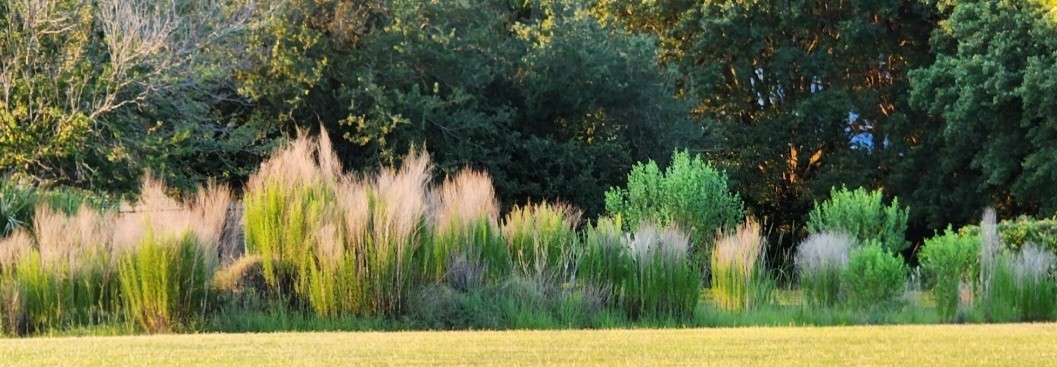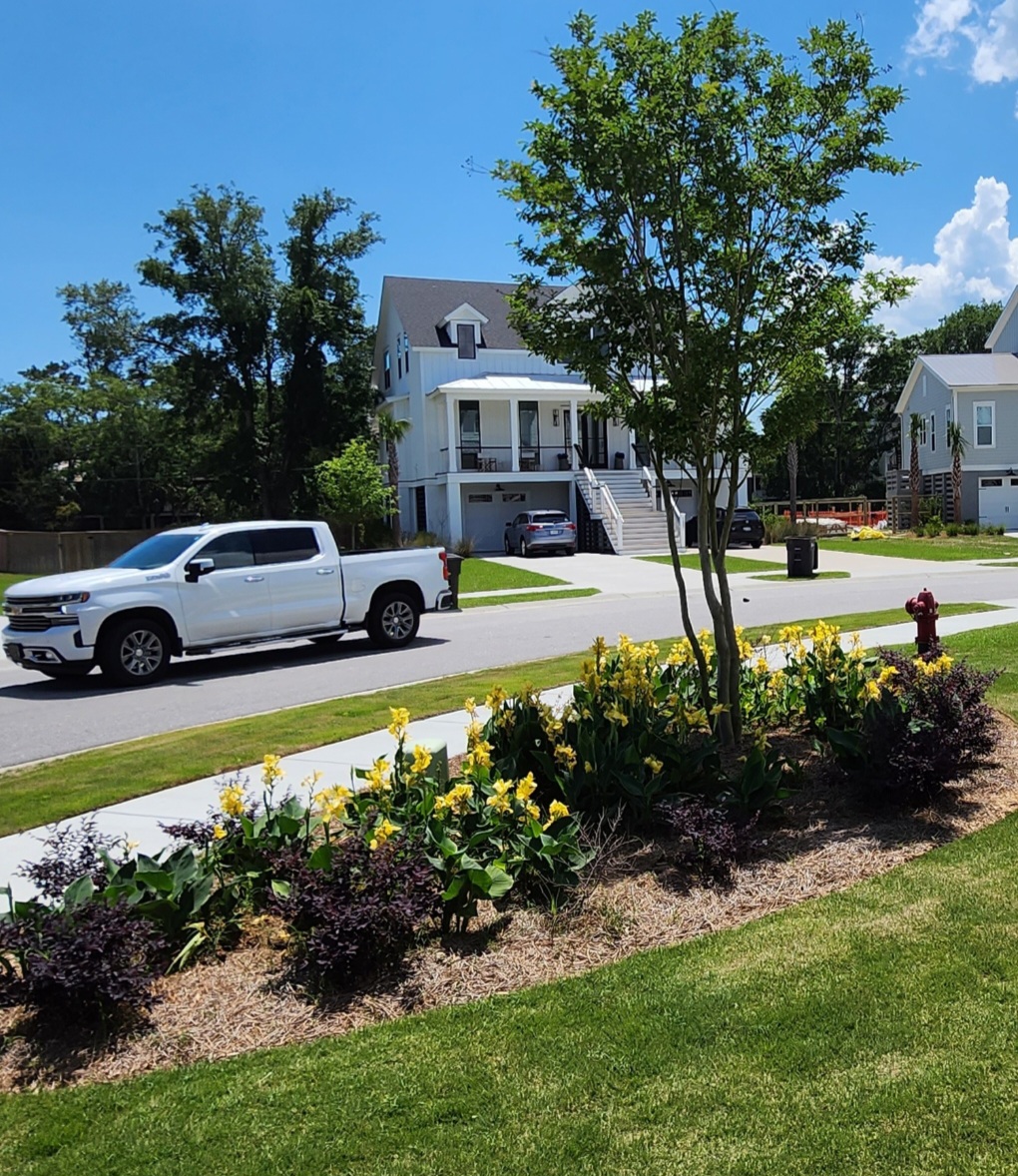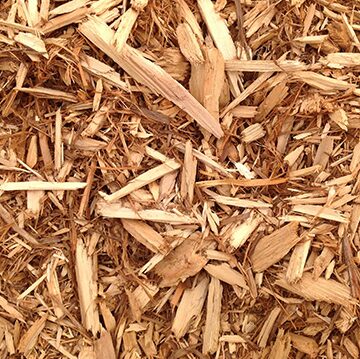Being a landscape designer in Mt. Pleasant who specializes in native, low-maintenance design concepts is an exercise in novel thinking. In Mt. Pleasant, more than in any other part of the Lowcountry, it’s exceedingly difficult to gain HOA and town approval while satisfying homeowners’ preferences.
Due to the strict requirements of the HOA and the town, this landscape design project in the Heirloom Landing neighborhood of Mt. Pleasant (zip code 29464) required considerable novel thinking: I was tasked with creating privacy and interest for a property where I was significantly limited in the types of plants I could install and the type of fencing I could build. Even the topography of the lot presented a challenge!
One of the key challenges presented by this particular Mt. Pleasant HOA was that it required the pool area of the property, which bordered the neighborhood common area, to be enclosed by a hogwire fence. Needless to say, a see-though fence would allow neighbors in the common area to view the homeowners in the pool area, and vice versa. Compounding the challenge, the town required that the pool area be raised by several feet because it couldn’t be dug from ground level to the depth the homeowners wanted due to the aforementioned topography issue.
In other words, the combination of Heirloom Landing’s HOA’s regulations and the town of Mt. Pleasant’s ordinances required the pool area to look down on the common area and the common area to look up at the pool area by way of a see-through fence!
I resolved the pool area privacy issue with a simple, cost-effective solution: planting a row of ligustrums and holly ferns. The ligustrums, measuring more than 6′ when installed (and promising a rapid growth rate of 2-3’ per year), immediately blocked the view of the pool area from the common area, and vice versa. The holly ferns, at 2-3’ tall installed, blocked any view through the less-dense foliage at the base of the ligustrums.
The following are a few photos I took from the installation:
1) In this photo, you can see how the ligustrum/holly fern row has completely blocked the view of the common area behind the hogwire fence, which sits 3-4′ lower than the lip of the pool.
The ligustrum in the foreground was a little larger than the others and has grown exceptionally tall in a short amount of time…in a year or so, all of the ligustrums will provide coverage to that height.
As an aside, the homeowners wanted to make sure to leave an open area between the hardscaping and the row of ligustrums/hollies so their kids could run. The idea was to provide immediate privacy using plants that would never grow wide enough to block that area.
2) In this photo, you can see the row of ligustrums from the common area (outside of the hogwire fence) at an eye level of 6 feet. The row will fill out and grow taller rapidly.
In addition to making privacy in the pool area a challenge, the regulations of the Heirloom Landing HOA also significantly restricted the types of plants I could use in the landscape design plan. Despite this limitation, the homeowner asked me to design as I normally would: creating contrasts of colors, shapes, sizes, and textures using as many native plants as possible. The following are a couple of examples of the design elements I came up with:
1) This is a line of coastal grasses I put along the opposite side of the property, which borders a wetland that will hopefully never be developed. The idea was to use plants that would grow naturally in one of the few protected areas of Mt. Pleasant.
2) This is a small bed in the front of the property that demonstrates a strategic use of colors: The chocolate loropetalums (which produce pink flowers in the early spring) contrast with the yellow canna lilies (which bloom in the late spring into the summer), which will complement the red rocket crepe myrtle, which should start blooming shortly now that it’s getting hot. (It’ll remain skinny so it won’t overshadow the underlying plants.)
In a matter of months, the loropetalums and canna lilies will fill the entire bed.
Notice that one of the loropetalums didn’t take…when managing landscape installations, one of my jobs is to make sure that contractors swap out underperforming plants at no charge. (The landscaping industry standard is a 1 year warranty on plants, but it’s sometimes difficult for homeowners to convince contractors to replace dying plants long after they’ve been paid.)
As you can see, the owners of this property wanted pine straw ground cover, which I typically don’t use for a number of reasons. However, I’m happy to accommodate homeowners’ preferences, even if they differ from mine. (The artificial turf around the pool is another example of this.)
The following is a photo of cedar mulch, a ground cover option that adheres to my native, low-maintenance landscape design philosophy. It’s made of native trees, lasts a long time, makes the plants pop, smells good, and repels insects.
I could go on and on about this Mt. Pleasant landscape design project or any of the projects I’ve completed since launching Lowcountry Vistas Native Landscape Design in 2015. (It’s been 10 years…I can’t believe it!) Suffice to say, pleasing the homeowners of this Mt. Pleasant property while adhering to the rules of the town and the HOA was a challenge I enjoyed tackling.
Speaking of novel ideas and tackling, I can’t wait to take the homeowners up on their invitation to watch a Carolina game at their pool this fall. Now that’s an idea!













